Image Generator
Stable Diffusion is a powerful AI model that can generate images from text descriptions. It's known for its ability to create photorealistic and artistic images, with a high degree of control over the composition and style.
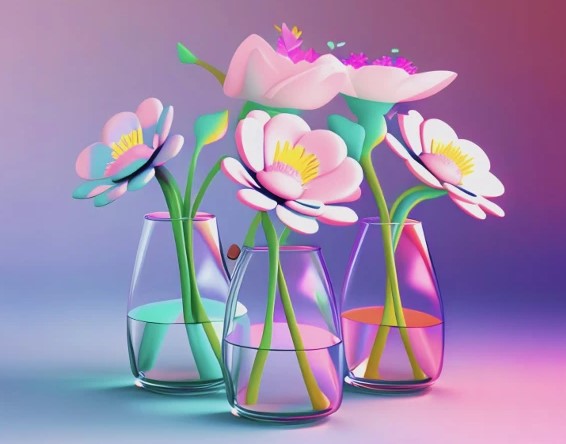
Stable Diffusion is a powerful AI model that can generate images from text descriptions. It's known for its ability to create photorealistic and artistic images, with a high degree of control over the composition and style.
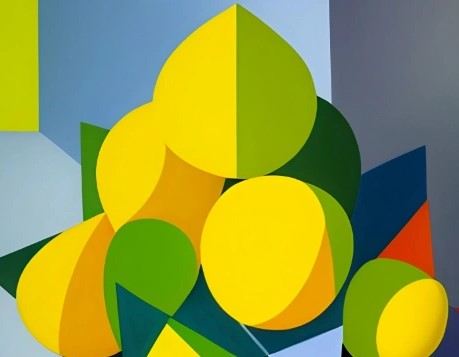
A text-to-image Hugging Face model trained on a massive dataset of text and images. Creates images based on your text prompts . It is base on Hugging face API
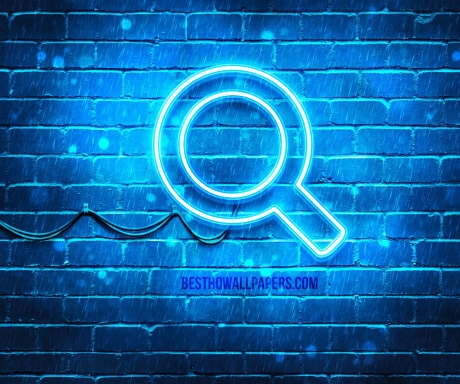
Image search is a technology that you find information using images instead of text. Image search is used for finding similar images based on text . User text prompt to search to similar images
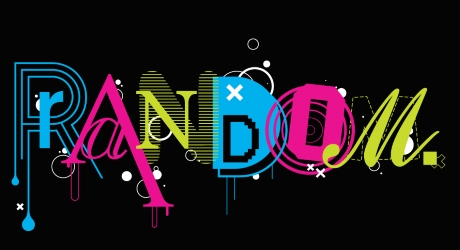
Generating random images involves creating visual content using algorithms and randomness. based on quantity of Image
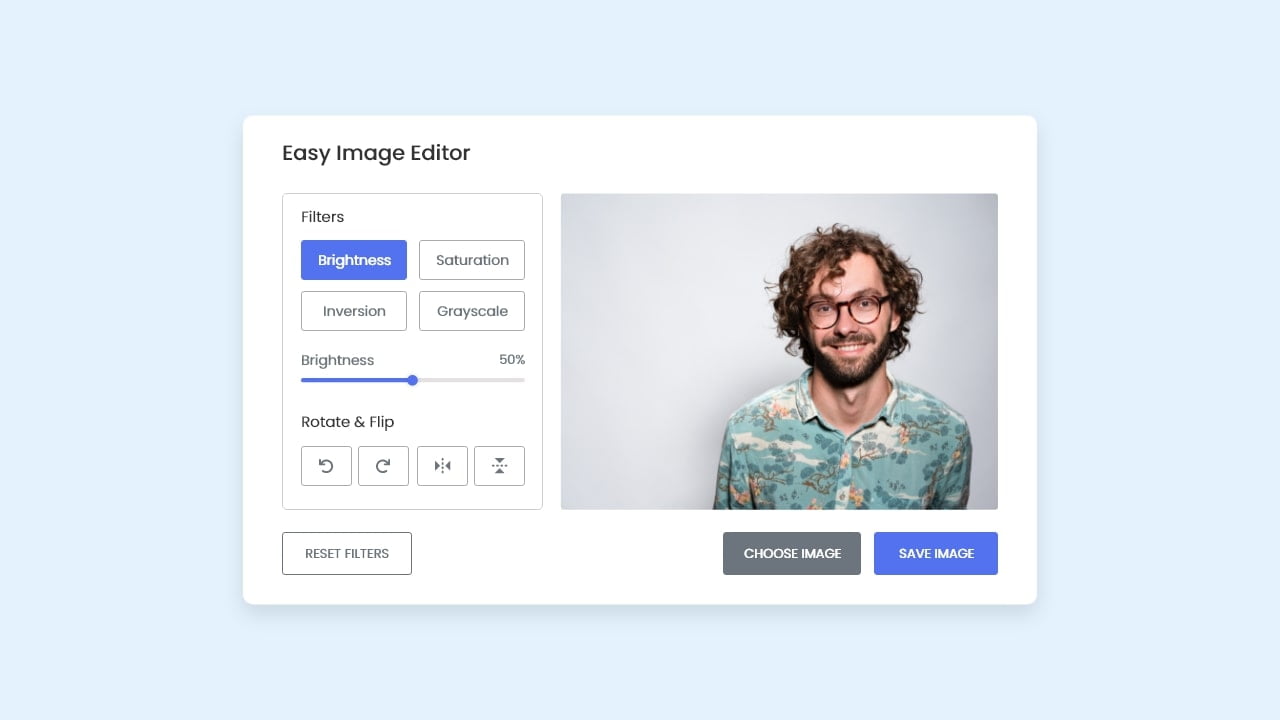
Image editing is the process of manipulating images digitally or traditionally. Adjust brightness, contrast, and color etc.
Description: An AI image generator is a tool that uses artificial intelligence algorithms to create images from scratch. These algorithms are trained on large datasets and can generate realistic and diverse images based on user inputs or predefined criteria.
Explanation: The AI image generator works by learning patterns and styles from existing images and then generating new images that adhere to those learned patterns. This tool is often used for creative purposes, such as generating artwork, designs, or even realistic faces that don't actually exist.
Description: An AI-powered image search tool allows users to find images on the internet based on visual content rather than text. Users can input an image, and the tool will return similar images from the web.
Explanation: This tool uses computer vision and image recognition algorithms to analyze the features of the provided image and then searches for visually similar images in its database. It's particularly useful when users want to find more information about a specific visual element without relying on textual descriptions.
Description: Random image creation tools use AI algorithms to generate unique and unpredictable images. Users can often tweak parameters or provide general guidelines, and the tool will create diverse images accordingly.
Explanation: These tools leverage generative models, such as Generative Adversarial Networks (GANs) or Variational Autoencoders (VAEs), to produce novel images. The randomness in the generated images allows for a wide range of creative applications, from art to conceptual design.
Description: AI-powered image editing tools leverage machine learning algorithms to enhance, modify, or transform images automatically. These tools can perform tasks like color correction, object removal, and style transfer.
Explanation: Using deep learning techniques, image editing tools can understand the content of an image and make intelligent adjustments. For example, they can automatically remove red-eye, adjust brightness and contrast, or apply artistic filters based on learned styles from other images.
Description: An AI-based background removal tool is designed to automatically remove the background from an image, leaving only the main subject. This can be useful for creating transparent images or changing the background.
Explanation: The tool typically employs segmentation algorithms to identify and separate the foreground (main subject) from the background. Deep learning models are trained on large datasets to accurately distinguish between objects and backgrounds, providing a quick and effective way to isolate subjects in images.
Description: An image format converter tool uses AI algorithms to convert images from one file format to another. For example, converting PNG to JPEG, PNG to PDF, etc.
Explanation: The tool understands the structure of different image formats and performs the necessary transformations. It ensures that the visual content remains intact during the conversion process. AI is particularly useful in handling compression, color space, and other factors to maintain image quality across format changes.